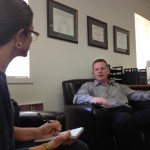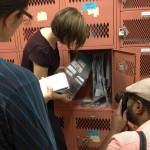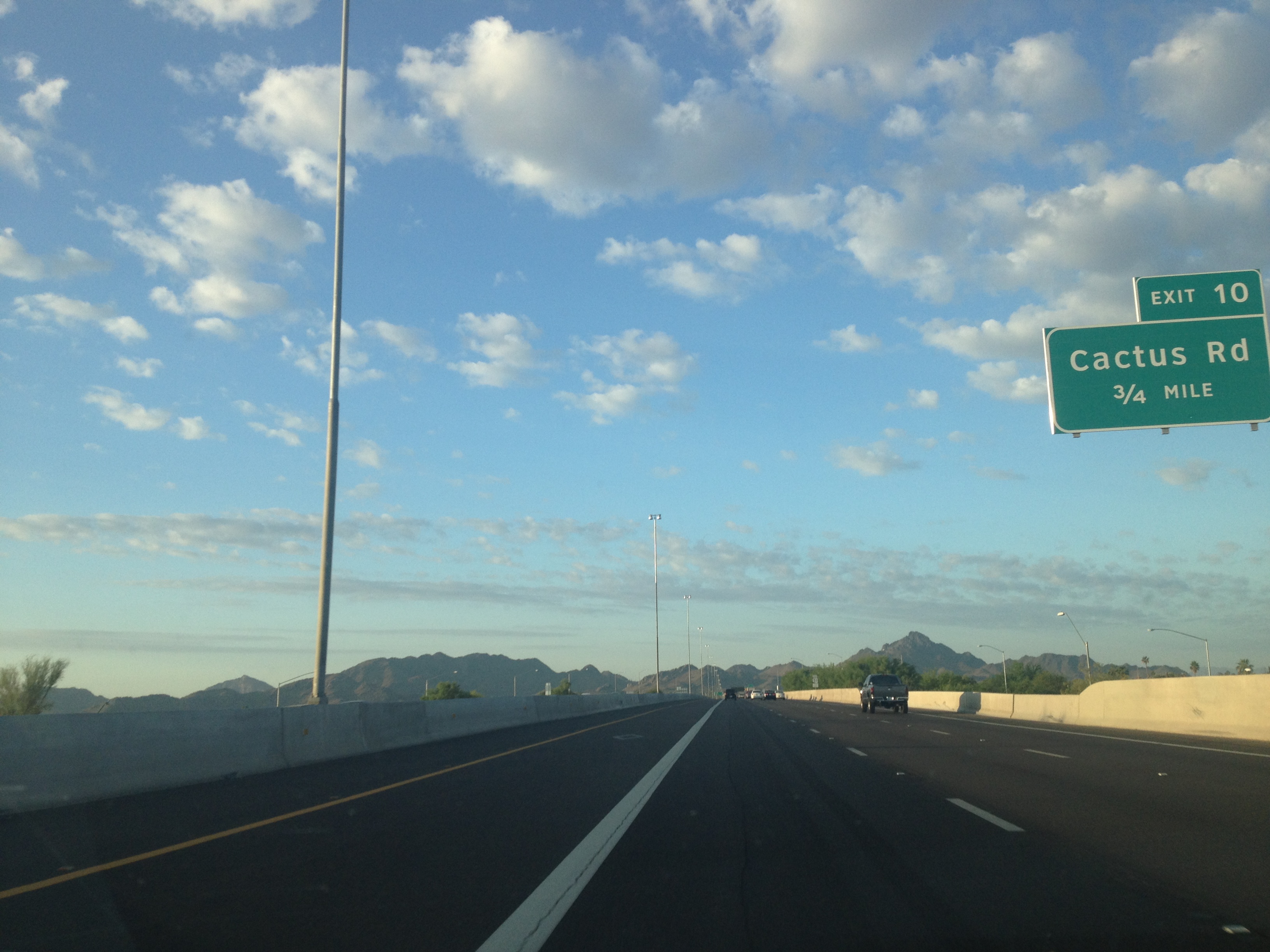A publicly accessible website went online one week ago that provides maps and data based on the location where bodies presumed to be migrants have been recovered in southern Arizona. The Arizona OpenGIS for Deceased Migrants is “the result of ongoing partnership” between the humanitarian group Humane Borders, Inc. and the Pima County Office of the Medical Examiner (PCOME).
 And so I ended up in a southbound car with New York Times reporter Fernanda Santos and freelance photographer Joshua Lott to learn about how the database works.
And so I ended up in a southbound car with New York Times reporter Fernanda Santos and freelance photographer Joshua Lott to learn about how the database works.
In the years since the first time I visited PCOME, many things have changed. Dr. Bruce Parks, whom I interviewed for Unidentified dead common on the border, retired in the summer of 2011 and Dr. Gregory Hess is now the medical examiner. After the retirement of the Cochise County medical examiner, PCOME now takes cases from Cochise – making it responsible for most of the Tucson Sector and southern Arizona both. And Reineke’s office has moved across the hall.
 Other things have stayed the same. Anderson and Reineke are working just as hard to bring names to each unidentified body that is reported, picked up and taken through the doors of the intake room. They take the same care with each personal effect, item of clothing and each sliver of bone. Numbered files sit on bookshelves next to notebooks full of missing person descriptions and their families’ hopes and questions. The hallways of the autopsy suite have a faint, purposeful smell.
Other things have stayed the same. Anderson and Reineke are working just as hard to bring names to each unidentified body that is reported, picked up and taken through the doors of the intake room. They take the same care with each personal effect, item of clothing and each sliver of bone. Numbered files sit on bookshelves next to notebooks full of missing person descriptions and their families’ hopes and questions. The hallways of the autopsy suite have a faint, purposeful smell.
The day to day work there continues, regardless of the news cycle which can spin along with the highs and lows of politics and sometimes forget the very real consequences of choices and policy.
A return visit reminded me of that, because while I’ve been away covering other topics, the many stories along the border continue to unfold whether someone sees them or not.
Fortunately for all of us who think these stories are important, there are journalists like Fernanda, who remember to do follow-up and who generously included me in her latest work and Joshua, who with his camera show what might otherwise not be seen as clearly and with such dignity. And so here’s the latest update on Andy’s story and how, like so many others, it connects to those who live and work (and even report) along the U.S.-Mexico border:
• the story: Arizona Desert Swallows Migrants on Riskier Paths
• the photos: Relics of a Deadly Journey
• the interactive map: Migrant Deaths in Southern Arizona (Joe Burgess & Haeyoun Park did a phenomenal job with the interactives!)

I, too, was glad to see the map but disappointed that it includes only Pima and Santa Cruz Counties. I live in Cochise County, just to the east of Santa Cruz and would like to see the same information about it.
We don’t have nearly so many deaths, thankfully, but still the information is important. I like to feel that the 500-1000 gallons of water we put out weekly has helped to save some lives.
Hi Emilie –
Until summer 2012 Cochise County had its own medical examiner and kept their own records, though I believe that Derechos Humanos included Cochise numbers in their figures and records here: http://derechoshumanosaz.net/projects/arizona-recovered-bodies-project/. Since there ME retired, Cochise now sends cases to Pima making it the de factor ME’s Office along the border – but I don’t know how they’ll handle Cochise data (past, present and future) – that’s a great question. I’ll let you know what I find out…
Best,
Rebekah